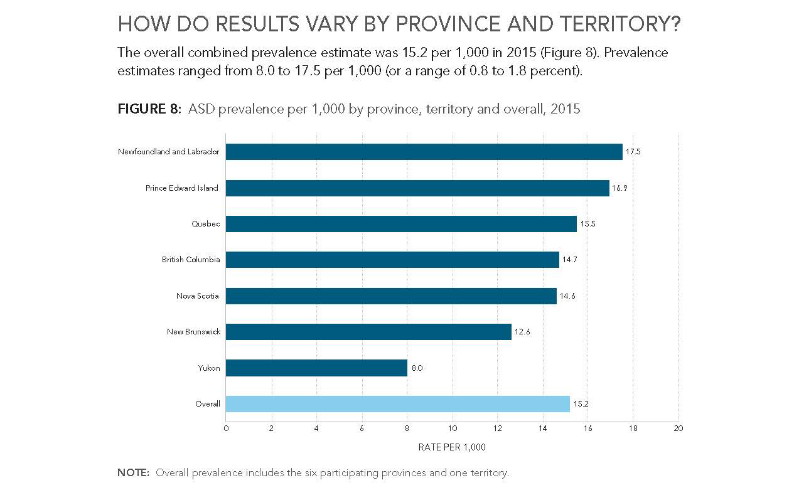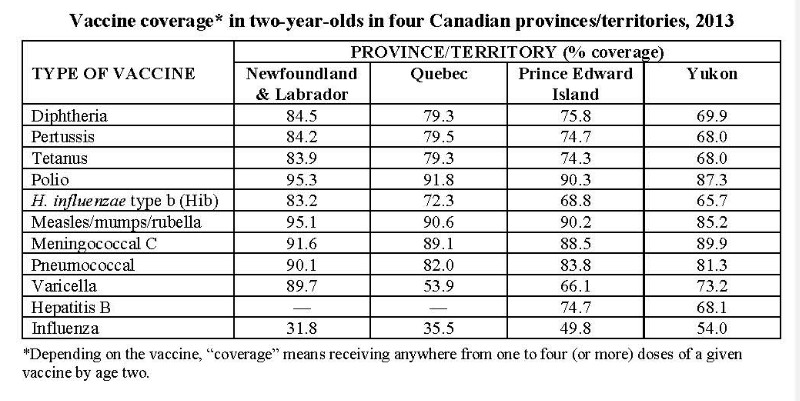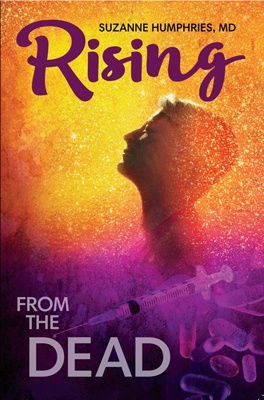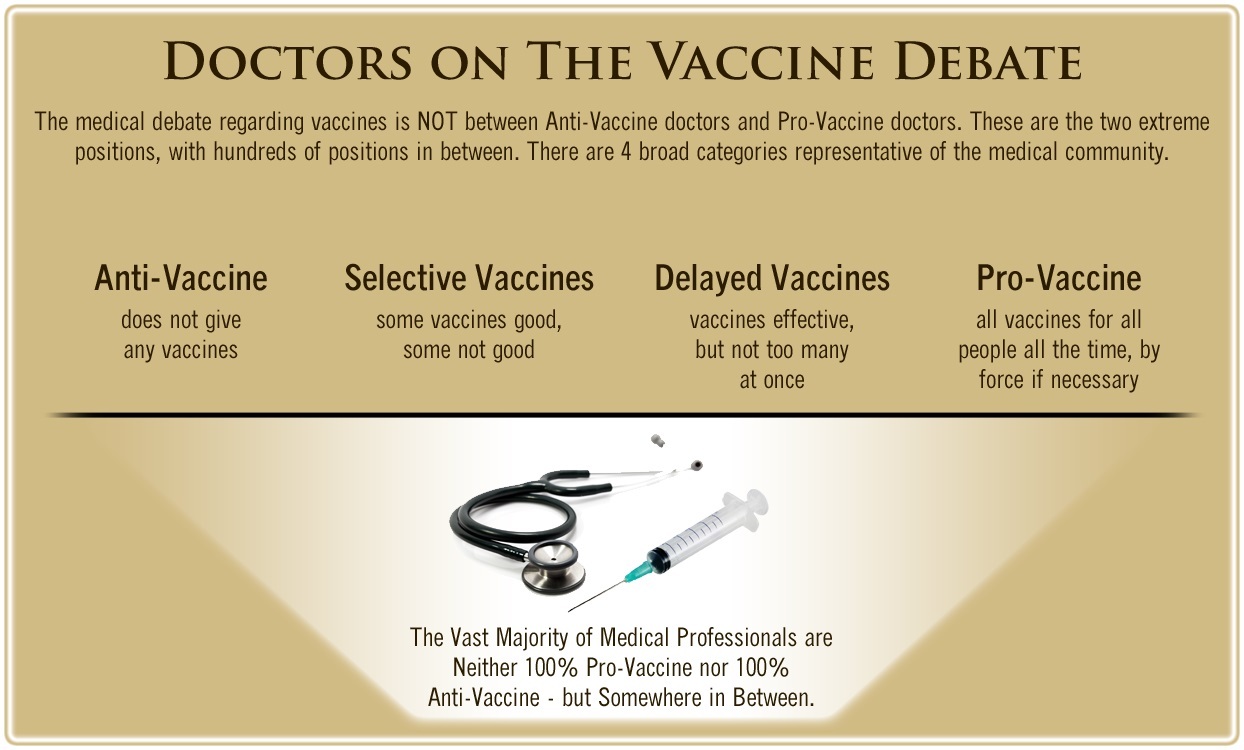
by the World Mercury Project Team
Rates of autism spectrum disorder (ASD) continue to soar worldwide, with average prevalence estimated to be around 1.5% in developed countries.
This estimate appears to be spot-on for Canada, which reported in March 2018 that autism (as of 2015) affected 1 in 66 children and youth (1.52%). These numbers place Canada among the “top ten” for autism among North American, European and Asian countries.
The Canadian public had been expecting the Public Health Agency of Canada to release these first-ever nationally representative ASD numbers since 2016. The data come from the National ASD Surveillance System (NASS), which, according to the Public Health Agency, is intended to pinpoint the number of young people diagnosed with ASD “both across regions and over time.”
The Agency’s report provides answers on both fronts—showing steady increases in ASD prevalence since 2003 and notable differences across regions—but the document declines to speculate on factors that might account for the regional differences.
ASD prevalence by province and territory
NASS compiles administrative data from the health, education and social services sectors for children and youth (aged 5-17 years) who have a confirmed ASD diagnosis.
Seven of Canada’s 13 provinces and territories provided information for 2015, including six provinces (British Columbia, New Brunswick, Newfoundland and Labrador, Nova Scotia, Prince Edward Island and Quebec) and one territory (Yukon).
As the figure below shows, ASD prevalence in 2015 varied among the seven regions, with the highest prevalence noted in the three provinces of Newfoundland and Labrador (1 in 57), Prince Edward Island (1 in 59) and Quebec (1 in 65). In comparison, prevalence was substantially lower in the Yukon territory (1 in 125).
The three high-prevalence provinces also provided retrospective data that allowed for an assessment of temporal trends. For the slightly narrower age group of 5-14 year olds, the historical data showed sizeable increases in ASD prevalence from 2003 to 2015 (Prince Edward Island and Quebec) and from 2003 to 2009 (Newfoundland and Labrador):
- Newfoundland and Labrador: from 6 to 19.6 per 1,000 (a 227% increase)
- Prince Edward Island: from 5 to 17.7 per 1,000 (a 254% increase)
- Quebec: from 3.5 to 15.7 per 1,000 (a 349% increase)
Explaining the regional differences
What might explain the variation in ASD prevalence within Canada’s borders?
The NASS report does not offer any comments.
However, an observant health practitioner in British Columbia has noticed a compelling parallel: autism prevalence is highest in the Canadian provinces that also have the highest vaccination coverage.
This evidence comes from a 2013 survey carried out by the very same Public Health Agency of Canada, which examined vaccine coverage by province/territory and type of vaccine (see table).
The survey showed that coverage by age two was generally lower (with a few exceptions) in Yukon territory than in the three high-autism provinces.
For Newfoundland/Labrador and Quebec, the percentage point difference in vaccine coverage was anywhere from five to fifteen percentage points higher than in Yukon; Prince Edward Island’s lead in vaccine coverage compared to Yukon was less substantial.
Correlation is not causation but…
Any researcher worth their salt knows that while correlation is not the same as causation, a plausible association between two variables is often an important clue worth investigating.
The substantially lower ASD prevalence in a region that happens to have markedly lower vaccine coverage is one such clue.
Another strand of evidence that simply cannot be chalked up to coincidence are the tens of thousands of parental reports of children regressing into autism after receiving one or more vaccines.
Unfortunately, Canadian parents who suspect that their autistic child was vaccine-injured have nowhere to turn, because Canada remains
“one of few western countries that denies the reality of vaccine injuries and provides no avenue whatsoever to compensate vaccine injury victims and their families.”
It would behoove Canada’s public health officials to take a closer look at their own data and start taking meaningful steps to prevent the country’s ASD numbers from climbing still further.
Note: The CDC is due to release its latest ADDM surveillance numbers for the U.S. Will our federal health agencies continue to downplay the numbers’ significance, as they have done each time the data show a rise in ASD prevalence? Or will they finally sound an alarm and make it a top priority to find out what is causing this epidemic in our children?
Read the full article at WorldMercuryProject.org.
Leaving a lucrative career as a nephrologist (kidney doctor), Dr. Suzanne Humphries is now free to actually help cure people.
In this autobiography she explains why good doctors are constrained within the current corrupt medical system from practicing real, ethical medicine.
One of the sane voices when it comes to examining the science behind modern-day vaccines, no pro-vaccine extremist doctors have ever dared to debate her in public.
Medical Doctors Opposed to Forced Vaccinations – Should Their Views be Silenced?
One of the biggest myths being propagated in the compliant mainstream media today is that doctors are either pro-vaccine or anti-vaccine, and that the anti-vaccine doctors are all “quacks.”
However, nothing could be further from the truth in the vaccine debate. Doctors are not unified at all on their positions regarding “the science” of vaccines, nor are they unified in the position of removing informed consent to a medical procedure like vaccines.
The two most extreme positions are those doctors who are 100% against vaccines and do not administer them at all, and those doctors that believe that ALL vaccines are safe and effective for ALL people, ALL the time, by force if necessary.
Very few doctors fall into either of these two extremist positions, and yet it is the extreme pro-vaccine position that is presented by the U.S. Government and mainstream media as being the dominant position of the medical field.
In between these two extreme views, however, is where the vast majority of doctors practicing today would probably categorize their position. Many doctors who consider themselves “pro-vaccine,” for example, do not believe that every single vaccine is appropriate for every single individual.
Many doctors recommend a “delayed” vaccine schedule for some patients, and not always the recommended one-size-fits-all CDC childhood schedule. Other doctors choose to recommend vaccines based on the actual science and merit of each vaccine, recommending some, while determining that others are not worth the risk for children, such as the suspect seasonal flu shot.
These doctors who do not hold extreme positions would be opposed to government-mandated vaccinations and the removal of all parental exemptions.
In this article, I am going to summarize the many doctors today who do not take the most extremist pro-vaccine position, which is probably not held by very many doctors at all, in spite of what the pharmaceutical industry, the federal government, and the mainstream media would like the public to believe.









One Comment